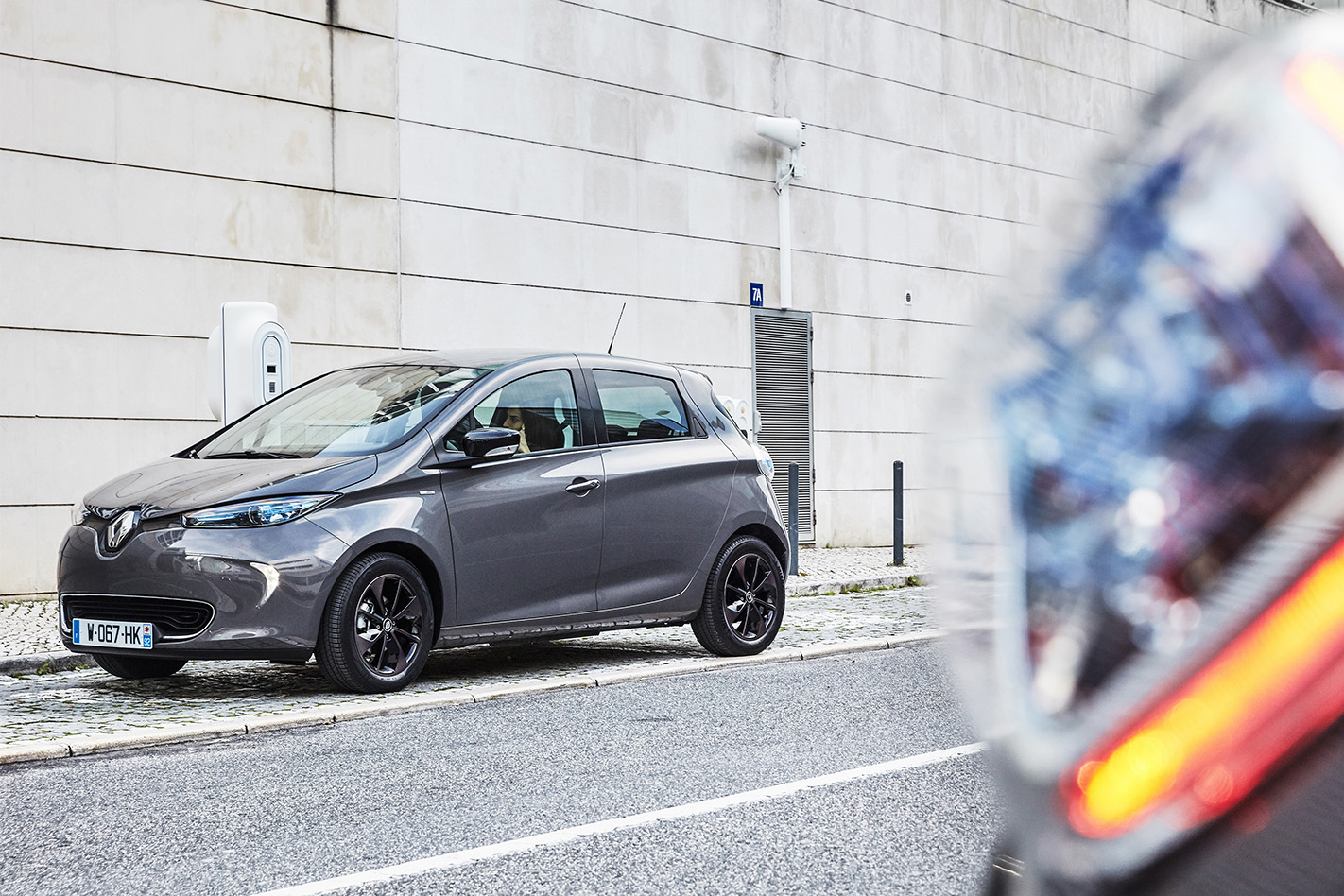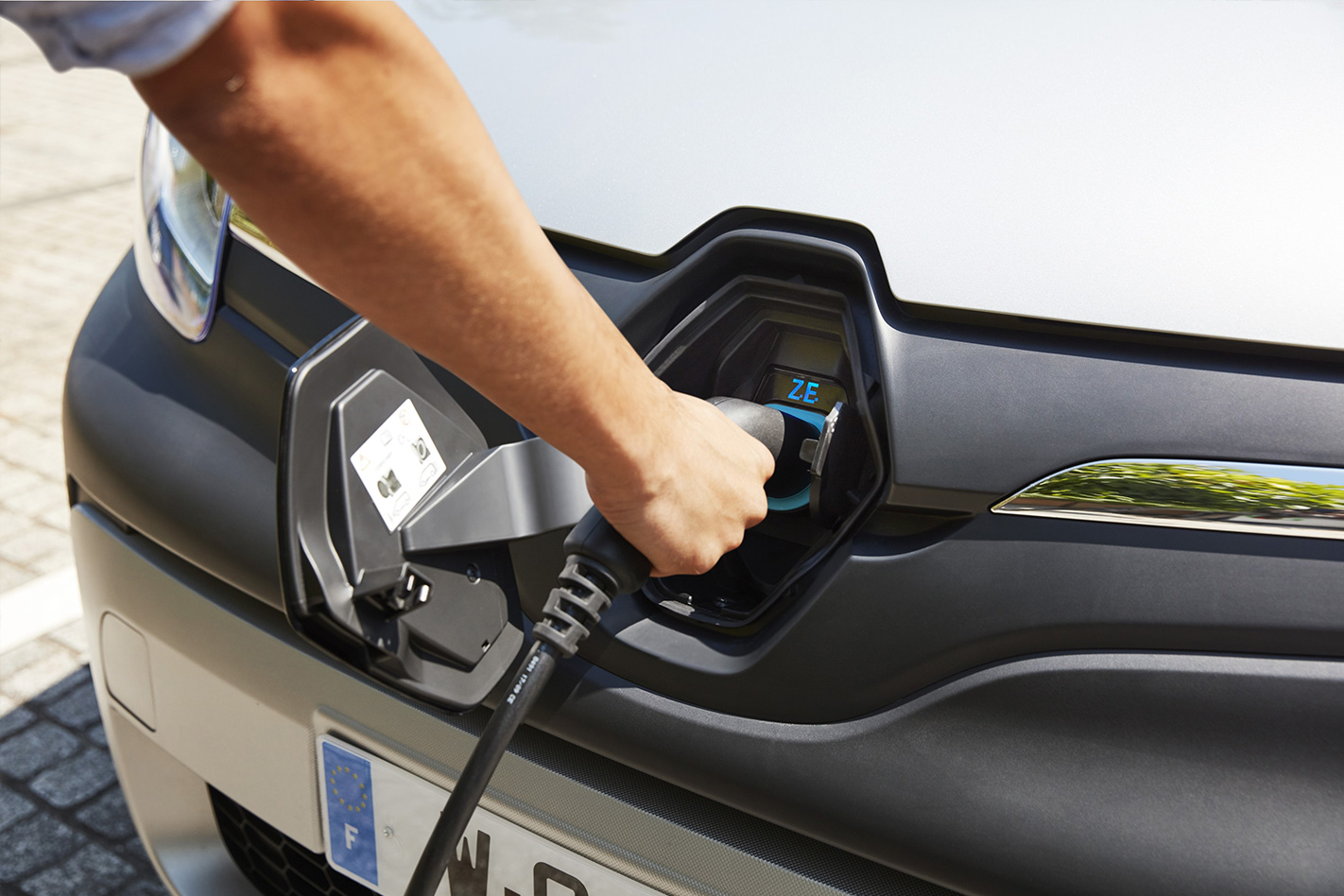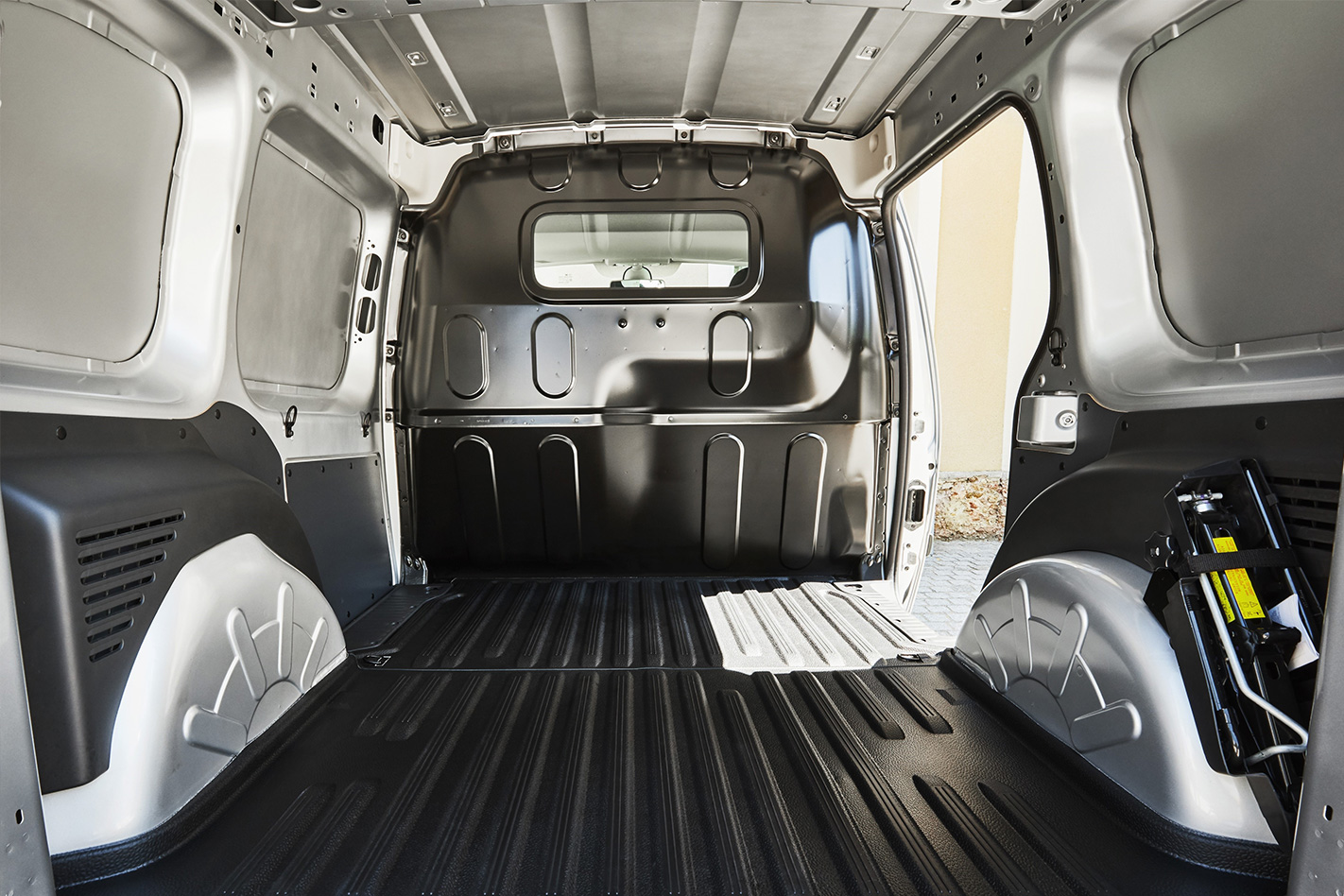
Renault has announced that it will finally bring two all-electric models to Australia, with the Zoe compact city hatch and the Kangoo ZE delivery van set to roll onto Aussie soil over the next two months.
However, there’s a catch.
Renault Australia’s EV sales strategy pitches both the Zoe and Kangoo exclusively at commercial and government fleets, not ordinary car buyers. The company concedes that determined individuals could conceivably purchase one, but Renault won’t be wholesaling either of them to dealerships for retail.

And the pricing partly explains why. The Zoe begins at $44,470 for the entry-level Life grade and rises to $49,970 for the range-topping Zoe Intens, while the Kangoo ZE is a $45,990 proposition – $19,000 more expensive than the equivalent combustion-engined Kangoo van. Without the aid of government incentives or rebates, Renault’s EVs are likely to remain at a $40k-plus price point.
Both the Zoe Life and Zoe Intens receive the same battery-electric powertrain, with a 41kWh lithium-ion battery pack sending volts to a 68kW/220Nm electric motor between the front wheels. On the European cycle the Zoe’s maximum range comes in at 400km, but Renault says this translates into a 300km range in real-world conditions.

Charging up the battery requires a specialised wall box charger, with a full charge taking 15 hours on a 3kW power supply or 7.5 hours when the power is upped to 7kW. Specialised three-phase 22kW fast-chargers can drop the time to 5 hours and 40 minutes, however it’s understood that this capability won’t be available on Australian-delivered Zoes and Kangoos.
Standard equipment for the Zoe Life includes satellite navigation, digital radio, single-zone climate control, cruise control, front and side airbags, cloth upholstery, stability control, EBD, ABS and hill start assist. Two options packages are available for the Life, with the City Pack bringing auto-on headlamps, rain-sensing wipers and rear parking sensors and the Easy Pack adding one-touch driver’s window, powered rear windows and a proximity key.

Stepping up into the Zoe Intens nets the same features of both the City Pack and Easy Pack, while also adding a rear vision camera. Both variants feature a 338-litre boot capacity (1225 litres with the rear seats folded).
The Kangoo ZE, meanwhile, will arrive next month in a single specification based on the long wheelbase Kangoo Maxi van. The Kangoo ZE has already been on Australian roads as part of an Australia Post trial, however while those vans had a circa-80km range the 2018 Kangoo ZE features a significant improvement in travel distance. On a full charge and a light load, Renault’s electrified van should travel between 120km-200km before the 33kWh battery depletes.

Power peaks at 44kW, with its 225Nm of torque being fractionally more than that of the Zoe. Charge times come in at 11 hours on a 3kW supply or 6 hours on a 7kW charger.
The Kangoo Maxi ZE can carry a maximum payload of 650kg or four cubic metres, and comes standard with sliding doors on the left and right, rear barn doors and a steel bulkhead between the cabin and cargo area.

Rear parking sensors and a reversing camera are standard on the Kangoo Maxi ZE, along with cruise control, fog lamps, a full-size spare and Bluetooth phone integration.
PRICING
Both the Zoe and Kangoo Maxi ZE are only available to business and government fleets, with Renault Australia selling the cars directly to customers. Two dealerships – one in Melbourne, the other in Sydney – will be responsible for servicing the specialised electric drivetrains of both cars.
Can you buy one for personal use? While Renault Australia isn’t actively seeking private buyers for its electric cars, company representatives have said that it may consider individual orders on a case-by-case basis – just don’t expect the usual car buying experience.
Renault Zoe Life – $44,470
Renault Zoe Intens – $49,970
Renault Kangoo Maxi ZE – $45,990



